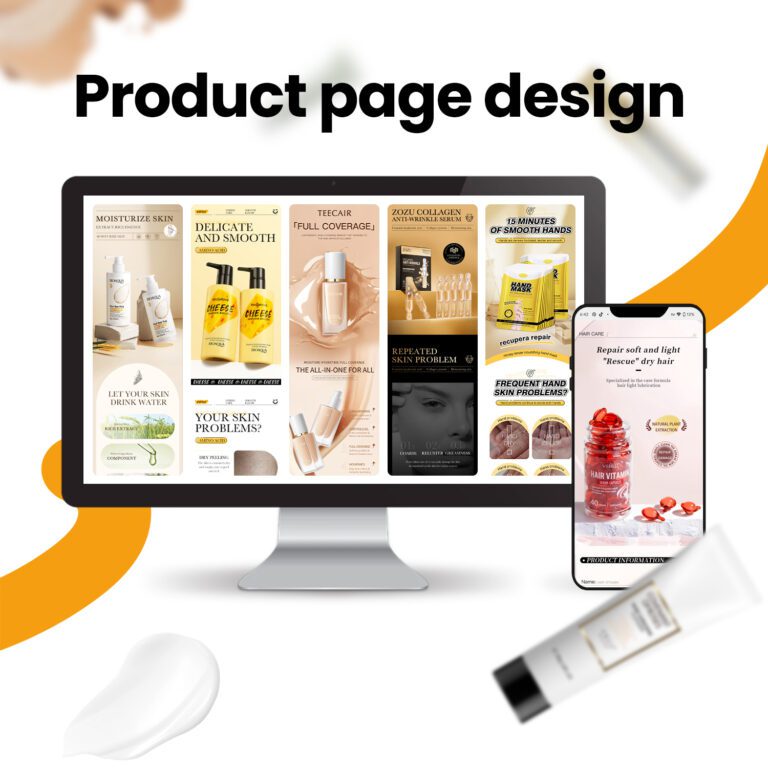What are the pros and cons of Shopify websites?
“Thinking of starting an online store? Shopify, a leading e-commerce platform, is popular worldwide. In this article, we’ll explore the pros and cons of Shopify, covering everything from pricing to a step-by-step guide on getting started.”

What exactly is Shopify?
Shopify is a robust eCommerce platform that allows entrepreneurs to create, manage, and scale their online stores. Launched in 2006, it has become a leading platform for businesses of all sizes to sell products online.
Whether you’re a beginner or an experienced entrepreneur, Shopify offers an intuitive interface to build your store, process payments, manage inventory, and market your business—all in one place. Shopify supports a wide range of products, from clothing and accessories to digital downloads and services.
Shopify Pricing and Subscription Options
Shopify offers several pricing plans to match businesses at different growth stages:
- Shopify Basic: $39/month – Ideal for small businesses, includes website hosting, product management, and basic reporting.
- Shopify: $105/month – Standard plan with advanced reporting, gift cards, and professional reports.
- Advanced Shopify: $399/month – For larger businesses, with custom reporting, third-party shipping rates, and higher transaction limits.
While monthly fees can add up, Shopify also offers additional apps and features (some free, others paid). Note that transaction fees apply if you don’t use Shopify Payments.
Shopify Pros and Cons
Like any platform, Shopify has its advantages and disadvantages. Here’s a summary of the key factors to consider:
advantages:
User-Friendly: Shopify is easy to use, even for beginners, with a drag-and-drop builder and customizable templates.
Excellent Customer Support: Shopify offers responsive support and helpful resources for all your needs.
Scalability: Shopify grows with your business, whether you’re a startup or a large enterprise.
App Ecosystem: Shopify provides a wide range of apps to add features like email marketing, product recommendations, and more.
Advantages of Shopify:
- User-Friendly: Easy to use with a drag-and-drop builder and customizable templates, ideal for beginners.
- Excellent Customer Support: Responsive support and helpful resources available for all needs.
- Scalability: Shopify adapts to your business as it grows, from startups to large enterprises.
- App Ecosystem: Access to a wide range of apps for features like email marketing, product recommendations, and more.
Disadvantages of Shopify:
- Transaction Fees: Fees are charged unless you use Shopify Payments, which can increase costs with third-party gateways.
- Limited Customization for Beginners: Advanced customizations may require coding skills or a developer, despite design flexibility.
- Monthly Fees: Subscription and app costs can be expensive, particularly for small businesses in the early stages.

Getting Started with Shopify: Tips for Designing and Setting Up Your Store
If you’ve decided Shopify is the right choice for your online store, let’s go through the steps to design and set it up.
Step 1: Register and Select Your Plan
The first step is to sign up for a Shopify account. You can begin with a 14-day free trial to explore the platform without a subscription commitment.
When you’re ready, select a plan that suits your business. If you’re just starting, choose Shopify Basic; opt for higher-tier plans if you expect more traffic and need additional features.
Step 2: Select a Theme or Layout
Next, choose a theme for your store from Shopify’s free and paid options. Select one that fits your business and brand.
Shopify’s themes are easy to customize, even without a design background. You can adjust colors, fonts, logos, and layouts to make your store unique.
Step 3: Include Key Pages and Products
Before launching your store, add key pages like About Us, Contact, and Shipping Information to help customers understand your business. Then, upload your products with high-quality images, descriptions, and prices, and organize them into collections (e.g., Men’s Clothing, Accessories).
Step 4: Customize Your Store Design
Here are tips to make your store user-friendly and boost conversions:
- Navigation: Keep it simple and organized for easy product access.
- Images: Use high-quality, multi-angle images to aid decision-making.
- Mobile-Friendly: Optimize for mobile, as many shoppers use phones.
- Brand Consistency: Maintain consistent branding (colors, fonts, logos) to build trust.
Step 5: Test and Launch Your Online Store
Before launching, test everything! Check the checkout process, payment gateways, and links to ensure everything works smoothly. Once ready, launch your store and start selling!
Is Shopify a trustworthy platform?
Shopify is a legitimate and reliable eCommerce platform, offering user-friendly design tools and strong customer support. It’s ideal for small to medium-sized businesses looking to expand online. While not the cheapest, its ease of use, scalability, and features make it a valuable investment.
Conclusion
Shopify is a reliable eCommerce platform for businesses of all sizes, offering affordability, support, and customization. Ready to start but need help with design or setup? Contact airsang design today to build a store that looks great and drives sales!
















